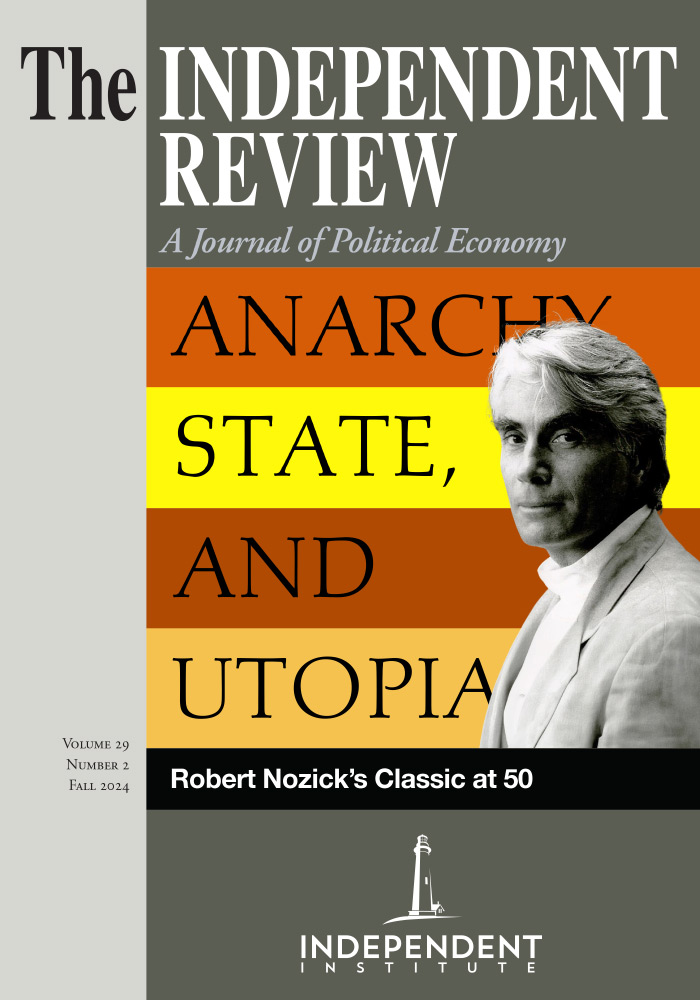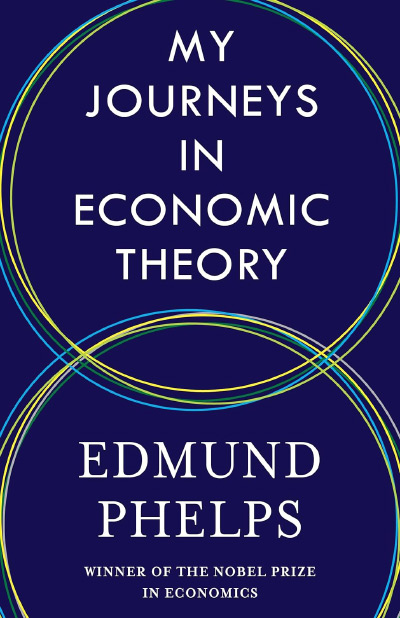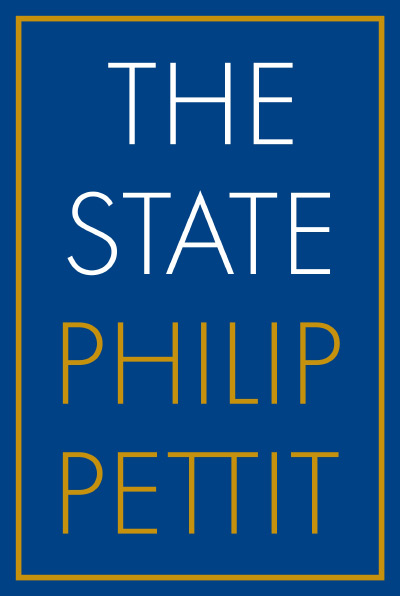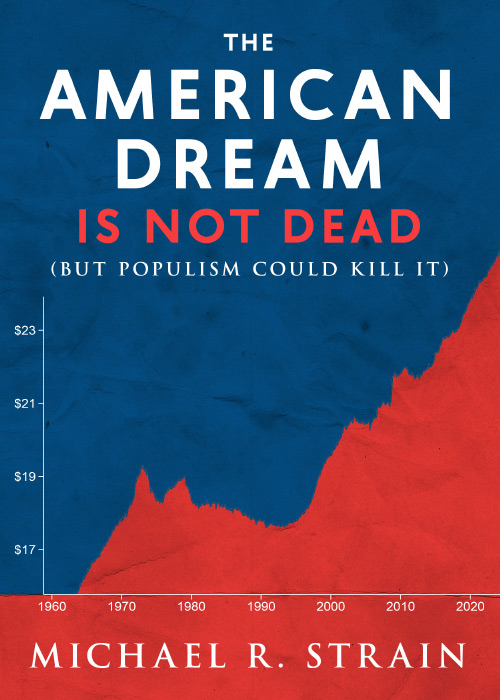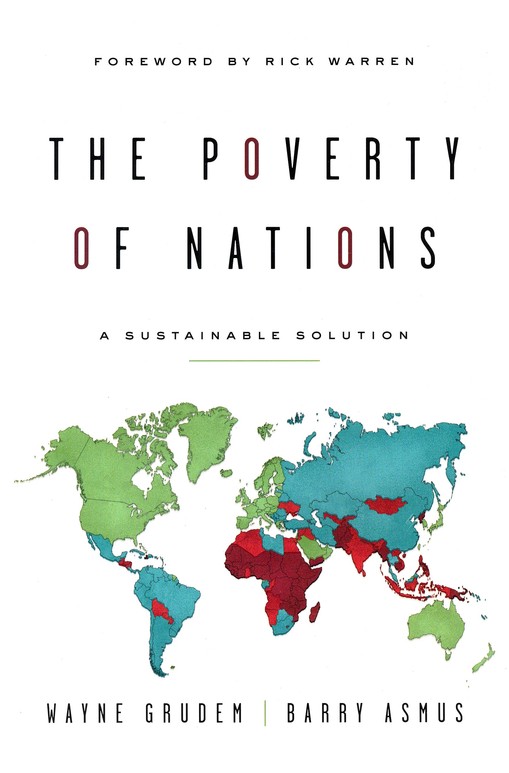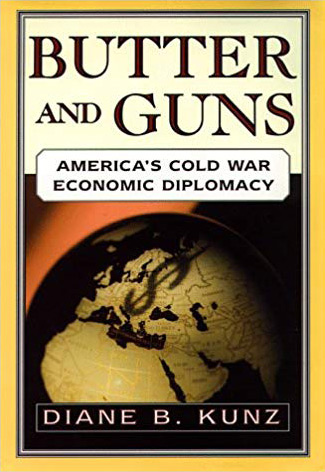My Journeys in Economic Theory, by Edmund Phelps, is an engaging memoir that provides a glimpse into the creative mind of a theorist and the world of the upper echelon of the economics profession. Organized in chronological order, it begins with his formative years and early career, through winning the Nobel Prize and up to his current work. Phelps traces the arc of his contributions from the perspective of hindsight, finding common themes and seeing the roots of his later work in his early thought. The major themes in his research program include the importance of being creative and performing rewarding work. Indeed, it is no surprise that the Nobel Committee referred to Phelps as “a highly creative economist” in their prize announcement.
He was drawn to the field of economics as an undergraduate student at Amherst College where his introductory course used Paul Samuelson’s textbook, the standard of the time, which Phelps describes as “brilliant” (p. 12). He was hooked from this first course, and intrigued by the seeming disconnect between microeconomics and macroeconomics.
The theme of creativity is evident in Phelps’ remembrance of Duncan Foley’s description of the 1960s as “by far the most creative decade in economic theory since the 1930s” (p. 42). Phelps credits Frank Knight’s work on uncertainty as originally breaking the ground for a new way of thinking about macroeconomics, one that Keynes and Hayek argued over in the 1930s. In the 1960s, at the London School of Economics, Phelps began in earnest to derive an explanation for why wages could be “sticky” in a Keynesian sense. Phelps’ model created the link between microeconomics and macroeconomics that had long been of interest to him.
Chapter two gives the reader an overview of the changes in macroeconomics ushered in by the micro foundations movement (based on Phelps’ work) alongside the rise of the rational expectations school of thought. Much of Phelps’ and others’ early work on this was presented at a conference held at the University of Pennsylvania in 1969. These papers, published as Microeconomic Foundations of Employment and Inflation Theory (London: Macmillan, 1970), are well summarized in chapter two, and provide the reader with a clear and concise review of that literature. Many memories of my time in graduate school (some fond, some not so fond) surfaced as I read this chapter.
The importance of rewarding work is another major theme applicable to Phelps’ work on the micro foundations of macro. Phelps describes experiencing “a thrill that comes from making a difference and, in particular, from changing—in one respect or another—the thinking of a large number of people in one’s industry or profession” (p. 58).
Creativity and rewarding work continue to drive his more recent books Mass Flourishing (Princeton, NJ: Princeton University Press, 2013) and Dynamism (with Raicho Bojilov, Hian Teck Hoon, Gylfi Zoega, Cambridge, MA: Harvard University Press, 2020). Phelps is careful to distinguish his “dynamism theory” from Joseph Schumpeter’s “entrepreneur theory” (p. 139). According to Phelps, Schumpeter’s entrepreneur introduces to markets innovations from exogenous scientific discoveries, while Phelps’ dynamism is “indigenous,” that is, it comes from “ordinary people working in its economy” (p. 139).
The indigenous nature of economic dynamism leads naturally to Phelps’ study of the institutions and values that promote economic vitality. His early work in this area led him to conclude that some economies in continental Europe were less dynamic than other Western countries like the United States and the United Kingdom, but he has now concluded that most Western countries have lost their dynamism. That leads to not only sluggish economic growth, but also holds us back from leading flourishing lives. Phelps reports that working on this new theory has been the most rewarding of his many contributions to the field of economics.
Throughout the book, it is interesting to read how Phelps’ perceptions of his own works often differed from how they were received by the discipline. He describes his first book, Fiscal Neutrality Toward Economic Growth (New York: McGraw-Hill, 1965) as not attracting much interest, but the experience at least gave him confidence in his ability to perform “book-length model building and statistical testing” (p. 35). He even takes issue with how the discipline classified some of his work. For example, his early work on the micro foundations of macroeconomics with his model incorporating expectations was eventually labelled as the “augmented Phillips Curve,” a name that Phelps refers to as unfortunate.
His textbook Political Economy (New York: W.W. Norton, 1985) attempted to provide a more up-to-date presentation of economics than Samuelson. Phelps explains that it differed from more traditional textbooks of the day in that it included a focus on the nonpecuniary rewards of work, classified work as a source of utility (not a “bad”), and included a chapter on fairness. While Phelps is proud of his “labor of love,” the book was not widely adopted (p. 100).
Another book that did not garner the reception he had hoped for is Structural Slumps (Cambridge, MA: Harvard University Press, 1994). Beginning in the 1980s, against the backdrop of the macroeconomic divide between the New Classicals and New Keynesians, Phelps turned his attention to investigating the causes of the slowdowns in economic growth experienced by developed countries. His new theory came to be known as “structural slumps” (p. 106). He notes that while his previous work provided a micro foundation for the Keynesian macro model, and his work on the theory of economic justice extended the work of John Rawls, with Structural Slumps Phelps develops a whole new paradigm. Chapter six of My Journeys provides a somewhat user friendly, but at times long, description of his theory that the natural rate of unemployment shifts depending on the underlying structure of the economy.
The book also sheds light on how Phelps does not neatly fit into one orthodoxy or another. He relished the diversity of thought he enjoyed in graduate school at Yale’s Economics Department. Unfortunately, when he returned to Yale to take a research position at the Cowles Foundation he discovered that the thinking at Cowles was singular during his time there. “Our main task was to shore up Keynes’s theory or find further implications, not to create one or more new theories” (p. 37). Phelps’ Fiscal Neutrality Toward Economic Growth, published while at Cowles, deviated from the predominant Keynesian line and led to a persistent estrangement between Phelps and his mentor James Tobin.
Phelps’ work was highly influenced by his friendship with philosopher John Rawls, with whom he worked at the Center for Advanced Study in the Behavioral Sciences (CASBS) near Stanford in the early 1970s. During that time Rawls was writing A Theory of Justice (Cambridge, MA: Belknap Press, 1971). At CASBS, Phelps worked on unemployment and wages, and began to focus on the importance of job satisfaction and the effect of rewarding work on people’s self-esteem. By placing people in the formation of the models, Phelps again links microeconomics to macro fluctuations.
Phelps’ work on Rawlsian foundations for a theory of economic justice in the 1970s leads him to object to the idea of a Universal Basic Income (UBI), unlike Rawls and many other economists. He insists that a UBI ‘would do nothing to pull up wages of low-wage workers so they can support themselves” (p. 83 emphasis in the original), and it “would draw people away from work, thus causing them to miss the dignity, sense of belonging, self-respect, self-help, and job satisfaction that come only from work” (p. 83). Here then, we see the roots of Phelps’ work on human flourishing.
The book offers a veritable who’s who in economics beginning with his meeting with Paul Samuelson in his junior year at Amherst that led to their long friendship. The stars really came out for his Festschrift, held in 2001. There was participation from all over the economic spectrum, from “the leading Keynesian James Tobin, the leading neoclassical Robert Lucas, and the leading growth modeler Robert Solow” (p. 132), with his hero Paul Samuelson giving the keynote. Chapter six contains nice coverage of the expertise that he and others, in conjunction with organizations such as the World Bank and the International Monetary Fund, provided to Russia to help them transform their economy after the fall of the Soviet Union. Having myself participated in a later mission during this exciting time, I can attest to the “thrill” that Phelps would never forget (p. 108) of being involved and the high hopes we had going into the project. Overall, the book gives us insights into the process of economic research, with some of his ideas stemming from within his creative mind (for example, micro foundations) and some inspired by events in the economy at the time (for example, structural slumps). Any reader interested in the recent history of economic thought and economic history would be well served by this book.
| Other Independent Review articles by Michelle Albert Vachris | ||
| Summer 2024 | Show and Biz: The Market Economy in TV Series and Popular Culture (2000–2020) | |
| Winter 2020/21 | Human Nature and Civil Society in Jane Austen | |
| Winter 2020/21 | Philanthropic Exchange in Ralph Ellison’s Invisible Man | |
| [View All (4)] | ||

